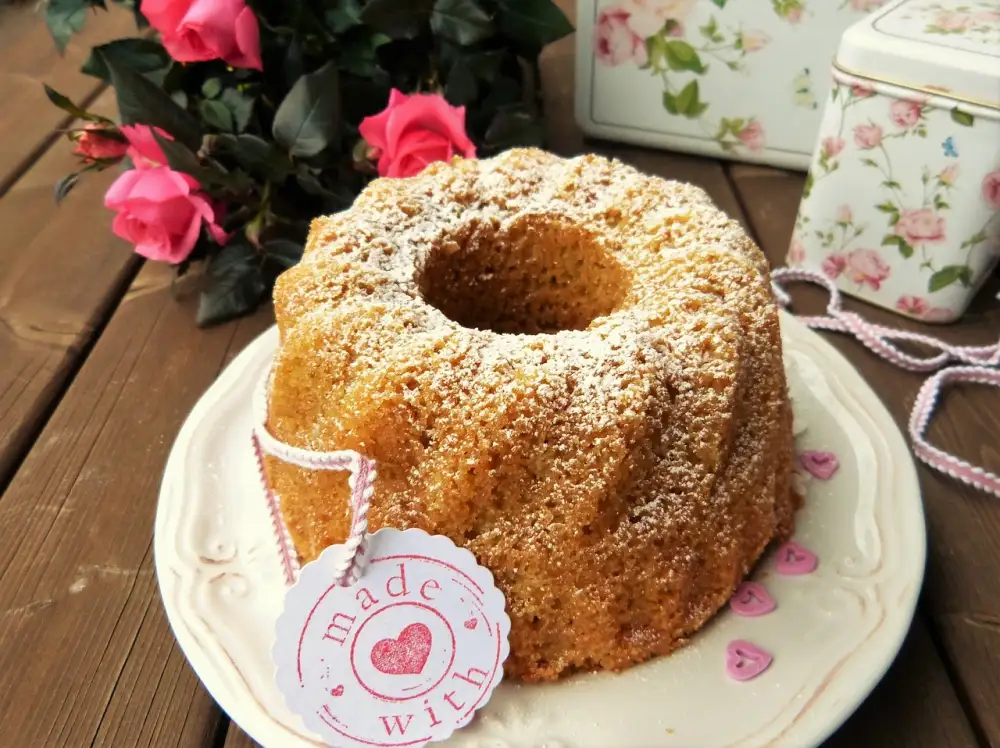Discover the Delights of Gluten-Free Flour: A Healthier Alternative for Your Culinary Creations

- Understanding Gluten and its Impact on Health
- Benefits of Gluten-Free Flour for Individuals with Gluten Sensitivity or Celiac Disease
- Exploring Different Types of Gluten-Free Flour
- Tips for Baking with Gluten-Free Flour
- Incorporating Gluten-Free Flour into a Healthy Diet
- Gluten-Free Flour Substitutes for Traditional Recipes
Gluten-free flour has become increasingly popular in recent years as more people are seeking alternatives to traditional wheat flour. Whether you have a gluten sensitivity, celiac disease, or simply want to explore new culinary options, gluten-free flour offers a healthier alternative for your culinary creations. In this article, we will delve into the world of gluten-free flour, exploring its benefits and versatility in the kitchen. Get ready to discover the delights of gluten-free flour and embark on a new culinary adventure!
Understanding Gluten and its Impact on Health
Gluten is a protein found in wheat, barley, and rye. While it may not cause any issues for most people, some individuals have a sensitivity or intolerance to gluten. In more severe cases, individuals may have celiac disease, an autoimmune disorder triggered by the consumption of gluten.
When someone with gluten sensitivity or celiac disease consumes gluten, it can lead to various health problems. These can include digestive issues such as bloating, diarrhea, and abdominal pain. In addition, it can cause fatigue, joint pain, skin rashes, and even damage to the small intestine in those with celiac disease.
Understanding the impact of gluten on health is crucial for individuals who experience symptoms after consuming gluten. By eliminating gluten from their diet and opting for gluten-free alternatives like gluten-free flour, they can improve their overall well-being and quality of life.
Benefits of Gluten-Free Flour for Individuals with Gluten Sensitivity or Celiac Disease
Individuals with gluten sensitivity or celiac disease can greatly benefit from using gluten-free flour in their culinary creations. Gluten, a protein found in wheat, barley, and rye, can cause digestive discomfort and damage to the small intestine in those with these conditions. By opting for gluten-free flour, they can enjoy delicious foods without experiencing any adverse reactions. This alternative flour allows them to still indulge in their favorite baked goods while promoting better digestion and overall health.
Exploring Different Types of Gluten-Free Flour
There are numerous types of gluten-free flour available, each with its own unique characteristics and flavors. Some popular options include almond flour, coconut flour, rice flour, and tapioca flour.
Almond flour is made from finely ground almonds and has a slightly sweet and nutty flavor. It is often used in baking for cookies, cakes, and muffins.
Coconut flour is made from dried coconut meat and has a naturally sweet taste. It adds moisture to baked goods and works well in recipes that require a dense texture, such as brownies or pancakes.
Rice flour is made from finely milled rice grains and has a mild flavor. It is versatile and can be used in both sweet and savory dishes, including breads, pastries, and noodles.
Tapioca flour is derived from the cassava root and has a neutral taste. It helps to bind ingredients together and gives baked goods a chewy texture. Tapioca flour is commonly used in gluten-free breads, pizza crusts, and pie fillings.
Other gluten-free flours worth exploring include sorghum flour, quinoa flour, chickpea flour, and buckwheat flour. Each of these flours offers its own unique taste profile and can be used in various recipes to create delicious gluten-free alternatives.
Experimenting with different types of gluten-free flours can open up a world of culinary possibilities while catering to specific dietary needs.
Tips for Baking with Gluten-Free Flour
When baking with gluten-free flour, it's important to keep a few tips in mind to ensure the best results. First, it's crucial to measure the flour accurately. Gluten-free flours can be denser and absorb more liquid than traditional flours, so using too much or too little can affect the texture of your baked goods. Additionally, adding xanthan gum or guar gum to your recipes can help mimic the elasticity that gluten provides. It's also helpful to let your batter or dough rest for a few minutes before baking to allow the flour to fully hydrate. Lastly, don't be afraid to experiment and try different combinations of gluten-free flours for unique flavors and textures in your culinary creations.
Incorporating Gluten-Free Flour into a Healthy Diet
Adding gluten-free flour to your diet can be a great way to promote overall health and well-being. By eliminating gluten, you can reduce inflammation in the body and improve digestion.
To incorporate gluten-free flour into your diet, start by substituting it for regular flour in your favorite recipes. Whether you're making pancakes, muffins, or bread, simply replace the regular flour with an equal amount of gluten-free flour.
You can also experiment with different types of gluten-free flours to add variety to your meals. Almond flour, coconut flour, and quinoa flour are all excellent options that offer unique flavors and textures.
Additionally, consider using gluten-free flour as a thickening agent in sauces and gravies. It can give your dishes a creamy consistency without compromising on taste.
Remember to read labels carefully when purchasing gluten-free products to ensure they are certified as such. Some products may contain traces of gluten due to cross-contamination during processing.
By incorporating gluten-free flour into your healthy diet, you can enjoy delicious meals while supporting your overall well-being. So go ahead and explore the endless possibilities that this versatile ingredient has to offer!
Gluten-Free Flour Substitutes for Traditional Recipes
If you're looking to make your favorite recipes gluten-free, there are several alternatives to traditional wheat flour that can be used. These substitutes allow individuals with gluten sensitivity or celiac disease to still enjoy their favorite dishes without compromising their health.
One popular substitute is almond flour, which is made from finely ground almonds. It adds a nutty flavor and moist texture to baked goods. Another option is coconut flour, which is made from dried coconut meat. It has a slightly sweet taste and works well in both sweet and savory recipes.
For those who prefer a more neutral flavor, tapioca flour is an excellent choice. It's made from the starchy root of the cassava plant and can be used as a thickener in soups, sauces, and gravies. Buckwheat flour is another versatile option that adds a rich, earthy flavor to recipes.
When substituting gluten-free flour in recipes, it's important to keep in mind that different flours absorb moisture differently. You may need to adjust the amount of liquid or add additional binders such as xanthan gum or psyllium husk powder to achieve the desired consistency.
Experimenting with different combinations of gluten-free flours can also yield great results. For example, mixing rice flour with potato starch can create a lighter texture in baked goods. Alternatively, blending sorghum flour with millet flour can add depth of flavor.
By exploring these gluten-free flour substitutes, you can continue enjoying your favorite dishes while maintaining a healthy lifestyle. Don't be afraid to get creative in the kitchen and discover new flavors and textures that will delight your taste buds!
In conclusion, embracing the versatility and health benefits of gluten-free flour can truly transform your culinary creations. Whether you have a gluten sensitivity or simply want to explore new and healthier options, gluten-free flour offers a world of possibilities. From baking delicious breads and pastries to creating flavorful sauces and thickening soups, this alternative flour opens up a whole new realm of culinary artistry. So why not give it a try? Discover the delights of gluten-free flour and embark on a journey of delicious and nutritious cooking. Your taste buds and your body will thank you!
Published: 09. 01. 2024
Category: Health



